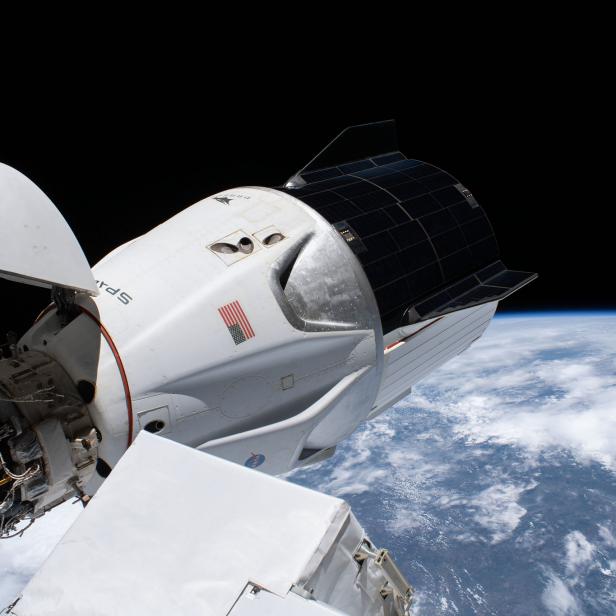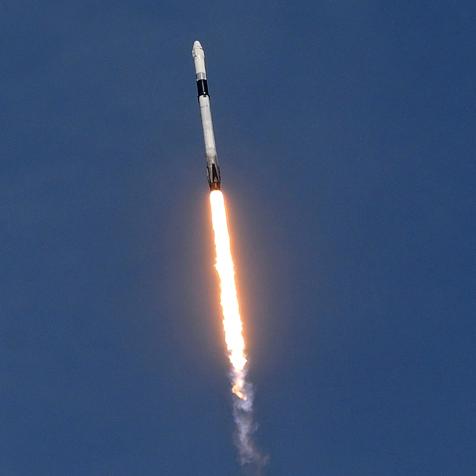
NASA
First US Commercial Crew Port Relocation to Air Live on NASA TV
On Monday, April 5, another first will occur for commercial space flight. For a look back at Crew-1's initial journey to the ISS, catch up on SPACE LAUNCH LIVE streaming now on discovery+.
The NASA Crew-1 Astronauts will relocate the Crew Dragon spacecraft at the International Space Station to get ready for the impending arrival of the Crew-2 astronauts later this month. This action will relocate the Crew Dragon Resilience pod to the space-facing port of the ISS to open up the forward port for the arrival of Crew Dragon Endeavor. This action also makes room for a later delivery of new solar arrays for the ISS, set for this summer. This is the first time a relocation of a Crew Dragon spacecraft will happen.
Crew-1 is comprised of four astronauts ready for the challenge — Michael Hopkins, Victor Glover, Shannon Walker, and Soichi Noguchi will return to Earth on a date this spring, to be determined.
There will be live coverage of this move on NASA TV beginning at 6A ET on Monday, April 5, with the estimated undocking to occur at 6:29A followed by the docking at 7:15A.
The estimated launch date for Crew-2 out of Cape Canaveral, Florida's Kennedy Space Center is set for April 22. Astronauts Shane Kimbrough, Megan McArthur, Aki Hoshida, and Thomas Pesquet will crew the Crew Dragon Endeavor.
More on the Crew-1 Mission
Journey to the ISS: NASA's SpaceX Crew-1 Mission 14 Photos
(Updated: November 17, 2020) From launch preparation on land to docking with the ISS in space, here are some highlights from the NASA and SpaceX Crew-1 mission. NASA astronauts Michael Hopkins, Shannon Walker, and Victor Glover, along with Soichi Noguchi of the Japan Aerospace Exploration Agency launched in a new Crew Dragon spacecraft atop a Falcon 9 rocket on November 15 at 7:27P ET from the NASA Kennedy Launch Complex 39A. After a 27 hour journey, the spacecraft docked with the ISS at 11:01P ET.
Meet the Astronauts: NASA and SpaceX Crew-1 Mission 10 Photos
(Updated: November 13, 2020) Learn about the four astronauts of NASA’s SpaceX Crew-1 Mission that will launch to the ISS on November 15 at 7:27P ET as the first crewed operational flight of SpaceX’s Crew Dragon spacecraft! Plus, watch it live on SPACE LAUNCH LIVE: CREW-1 LIFT OFF starting at 5P ET on Discovery and Science Channel or stream it live on Discovery GO.




















